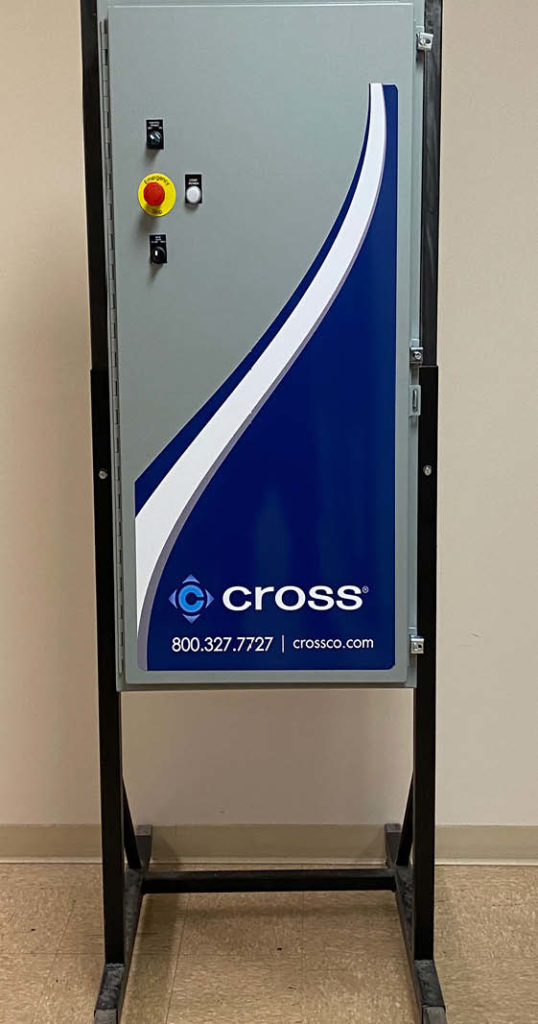Top 5 Considerations When Contemplating an Automated Batching System
An automated batching system can improve product quality while increasing efficiency and throughput. However, making the switch from manual system can often seem like a daunting task. We have compiled a list of important factors to consider in your decision making process:
1. What are my ingredients? How are they received, stored, and transferred?
Identify if any ingredients are hazardous. You can also evaluate potential cost savings realized by changing ingredients received in smaller containers to bulk loads. Making the switch from manual to automated batching may require a change to your current storage layout if more ingredients are received in bulk. Automated batching can increase the amount of material handling required.
2. Which feed method is best?
Since not all ingredients will be free flowing it is important to determine which types of feeders will be necessary to automate the batching process. Sometimes it is best to only partially automate your process by continuing to manually scoop some minor ingredients. You also need to consider how frequently you will change ingredients for each recipe, as it is usually best to dedicate a feeder for each different ingredient.

3. Which method is best: loss-in-weight or gain-in-weight?
Automated systems can use either method, whereas manual systems are typically based on gain-in-weight weighing. When choosing a method you should consider the size of your batches, timing, required accuracy, and the order of ingredient addition, among others.
4. How will I measure the automated system’s accuracy?
The system’s achievable accuracy is based on its scale capacity and resolution (which can be affected by installation and environmental conditions- vibrations, air currents, etc.), the feeder’s ability to stop flow once a batch is completed, and any loss of a portion of the batch during transfer to a successive stage.
5. What additional features do I expect from an automated batching system?
There are a variety of features that an automated or semi-automated batching system can provide over a manual one. They include storing and downloading recipes, automatic reporting systems without operator interaction, the ability to update inventory systems, and printing batch tickets.
These are just a few of the factors to consider when deciding to switch from a manual to automated batching process. Let the experts at J.A. King help you select and implement a system that is customized to your specific application and needs. Complete the contact form below to speak with one of our Application Specialists.

